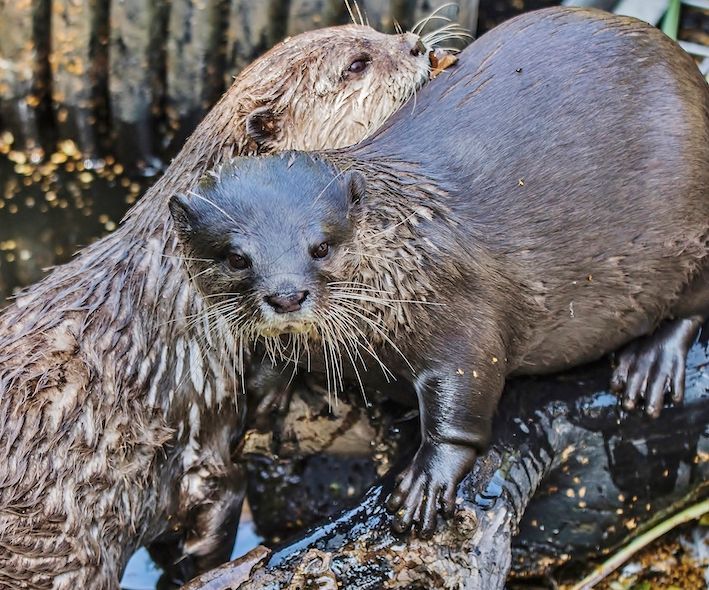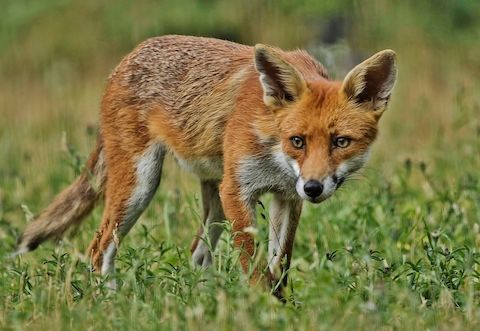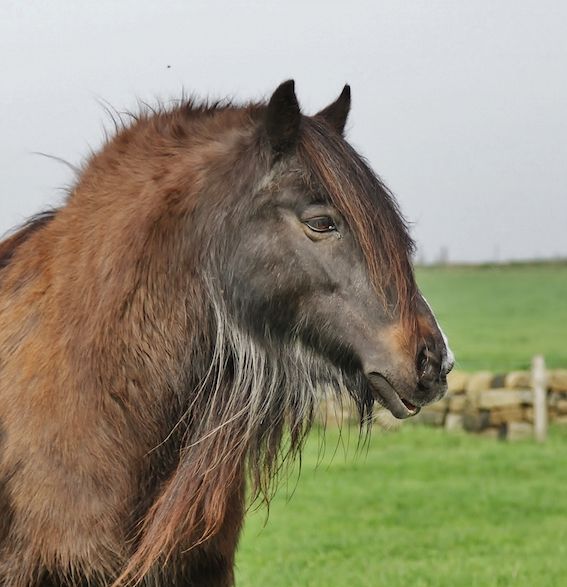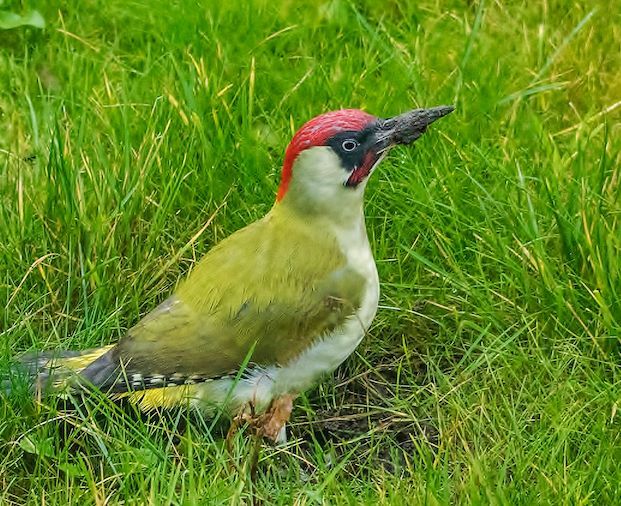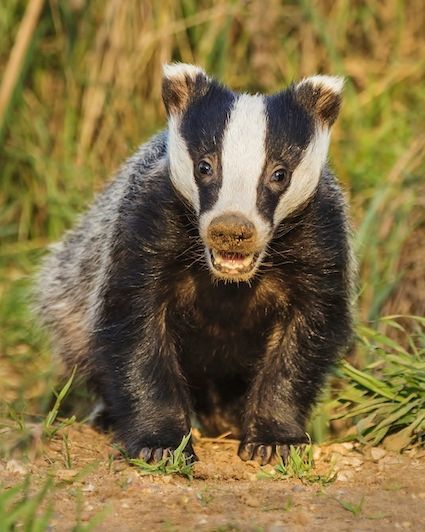
BRITISH WILDLIFE
by Graham Brace
Whilst travelling to far flung places has a more adventurous appeal to many, along with the so-called exotic animals that I have been privileged to photograph, the British Isles has so much to offer as well. We sometimes forget that wildlife treasures are sometimes close to home, and even in our own back yards. And, of course it can be much cheaper!
The Wildlife Trusts, RSPB and some National Trust properties all have nature reserves that can be visited either free or for a small donation. Of course, we do have designated national parks and SSSIs, particularly Scotland and Devon…. think of Red Squirrels, Foxes and Pine Martens in the Cairngorms in Scotland for example, and wild horses, ponies to be correct, in Dartmoor Devon and the Yorkshire Dales.
London is an unexpected and unlikely haven. But, take the largest park in South London, Richmond Park and without the normal caveat, ‘no guarantees with true wildlife’, you are pretty much guaranteed to see Red Deer and Fallow Deer in abundance. Look a little harder and you will come across Green Parakeets, normally resident in Asia but now adopted in parts of the UK. On my last visit I came across our beautiful Grey Heron fishing in the lake. The Park is teeming with human life as well, with walkers, runners, general sightseers, and you wonder how all life co-exists, but it does very well. If you can latch on to a local naturalist, or one from Naturetrek, the well-known wildlife tourist company, you can spend part of the day bird watching here as well.
An even more unlikely venue, in central London adjacent to the River Thames at Barnes, there is a relatively new haven for wildlife opened in 2000. Yes, Central London! It is called the Wildfowl & Wetland Centre covering some 40 hectares. It was a natural area of reservoirs but it has been re-designed sensitively to incorporate woodland, small areas of still water and wetland with an abundance of natural rushes and reedbeds all to provide home and safe breeding ground to the whole gamut of bird life, from the waders to the passerines, plus bats, damselflies, mammals and lizards.
For us who have spent many years trying to track down a particular furry friend…. the Otter. Here we finally found them. Admittedly these two Asian Small Clawed Otters were introduced. But they are now as wild as any and totally habituated. Fortunately, they are unlike our common otter that is mainly nocturnal, thus we were able to photograph these delightful creatures.
My wife and I do wildlife talks with a hundred photographic images for each country and we present to U3As, WIs and many social groups. Apart from Otters, Beavers were the one major animal missing from the line-up. Ironically it was the River Otter in Devon where we finally succeeded. I have been travelling to Budleigh Salterton for 50 years visiting relatives and friends, and always spending time trudging the river bank for miles. It is tidal in the first part where it exits into the Channel, and for the most part has a good flow.
It is ideal for beavers although they have little to manage. Unlike there eponymous furry friends, they are vegetarian and can be seen in daylight….. but where? As we always say, being in the right place at the right time with a local expert will not guarantee success but give you the best chance. One evening with one such local and a few like-minded people we stalked quietly until about 8.45pm when light was starting to fade. Our guide saw a small white ‘stick’ snaking through the water on the far side. Nobody else had spotted it. It was very small. He explained that a beaver had just stripped bark from this twig… and must be nearby. A few moments later, she appeared…. this lovely female beaver swimming against the current at a fair pace. We followed her climbing on the bank, re-enter the water and then feast on more vegetation from overhanging bushes. She was extremely dextrous. We were all mesmerized. This was as good an encounter as any we have seen in the famous national parks anywhere in the world.
I mentioned Dartmoor Ponies earlier and again, given a reasonable stay in the area, you would be very unlikely not to come across these beautiful creatures. They are truly wild, although similar to tigers in India, if a ranger finds one who is sickening for any reason, they will be treated insitu and not taken from the park.
The same can be said far up in the Yorkshire Dales with their more elusive pony. We were looking at a famous old ruined abbey on one side of this single-track road, and considering breaking our rule of not photographing anything but animals, when he appeared…… a Fell Pony in the field opposite. He stayed at a comfortable distance, clearly not habituated to humans. One can only describe him as very stocky and very tatty, with unkempt mane and beard. He did look in good condition generally and moved well. Again, truly wild but with an element of good husbandry available when required.
Within one mile of our home, and less countryfied, there is a public footpath running through a meadow generally sloping down to the river. Near the river bank it is difficult to be seen from the footpath such is the angle of the slope. Here badger sets proliferate unbeknown to the vast majority of public. On a warm evening in September when the sun was starting to wane, at a very particular time, out pops Bill the Badger not five yards in front of us….. another magical moment
I have not mentioned the hours of fun we have watching the bird feeders in our garden. Every day they are re-stocked and we are rewarded with an array of birds that can rival most countries. Our beautiful Jay and Green Woodpecker are occasional visitors. A posse of Long Tailed Tits are a delight. On the National Birdwatch Day organised by the RSPB we counted 14 different species in one hour.
Wildlife here in Britain takes a little bit more work but the results can be just as rewarding as anywhere else in the world.
Graham Brace October 2025

